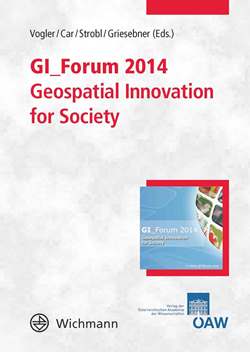
GI_Forum 2014, Volume 2, pp. 217-220, 2014/06/20
Geospatial Innovation for Society – Conference Proceedings

Geospatial information obtained from satellite data can contribute in various ways in assessing and dealing with prevalence of diseases. In this study, patterns of Buruli Ulcer (BU) in Central Cameroon were analysed using satellite imagery and GIS techniques in order to provide a better understanding of spatial characteristics and possible transmission mechanism of BU. First, geospatial mapping of BU case data was performed to assess spatial patterns. Second, a qualitative assessment was conducted based on environmental factors and exposure variables to address the (relative) infection risk for BU in the study area.